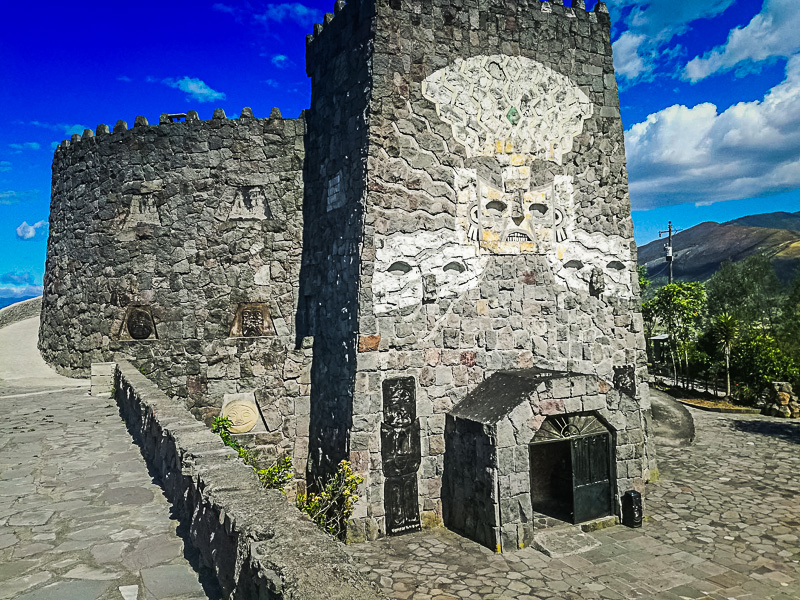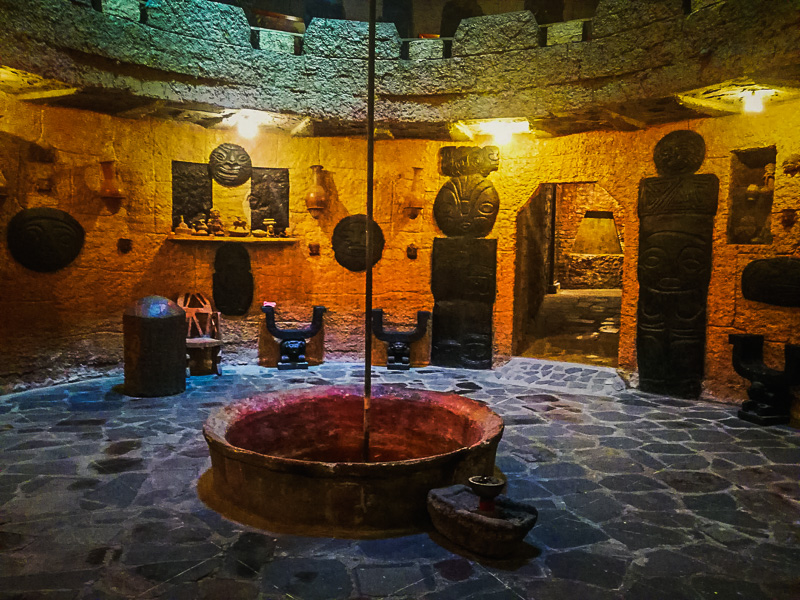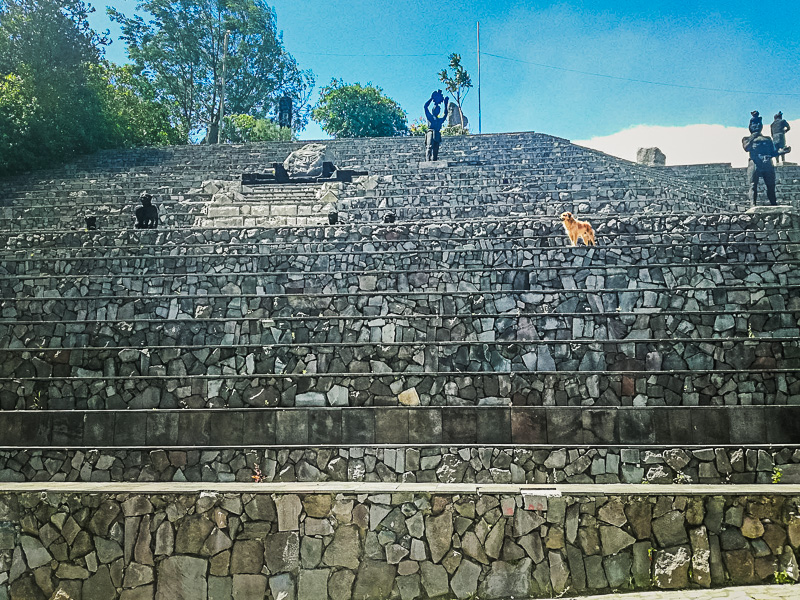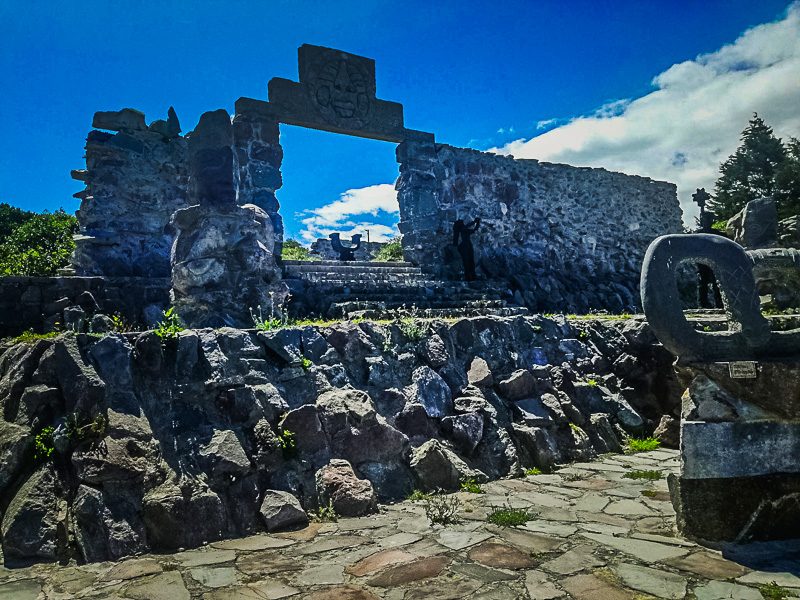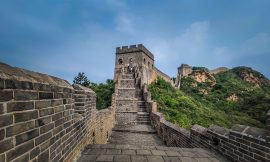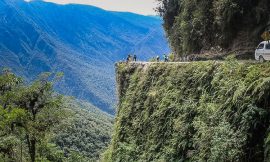To the north of the capital city of Quito on the road leading up to Calacali, you can find a beautiful inhabited extinct volcanic crater. The clouds gather around the crater adding a mysterious effect for great pictures. It’s a peaceful enchanting place completely contrasting the hectic capital city which is less than an hour away. Being so close to the city, it is possible to get to Pululahua by bus. Any bus with the sign ‘Mitad del Mundo’ will take you here and its the last stop so you can’t miss it. Uber1 will get you there quicker and the service is relatively cheap in Quito. There is no entry fee for this national park, you simply present the guards with your ID and sign in. At the entrance, there are several shops where you can buy some souvenirs and snacks. There is a viewpoint at the end of the road where most people gather to take pictures. Most people just take a couple pictures and then leave, however, it is possible to hike down to the small town and there are lodging options to stay a night down there.
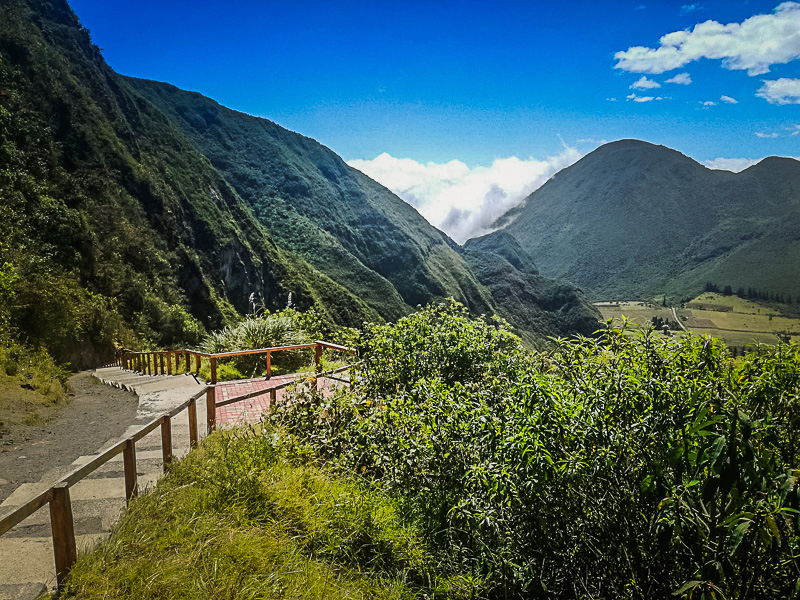

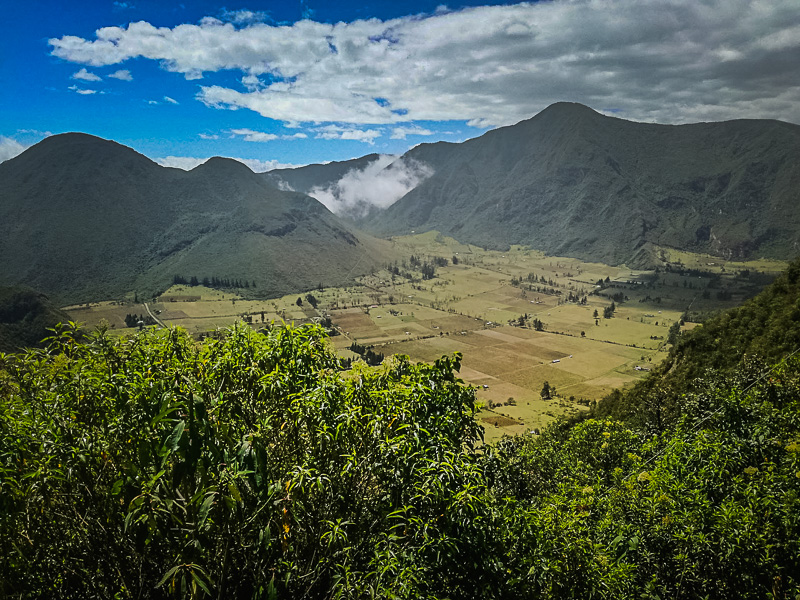

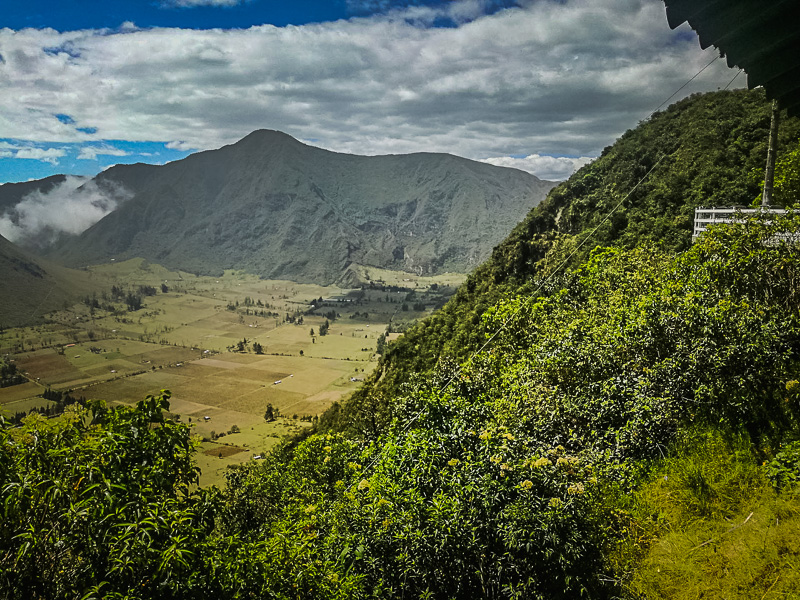



After leaving the national park, there is an interesting museum as you make your way back to the main road. The museum Templo del Sol is a private complex built by a famed Ecuadorian artist. Entry is only 3 USD2 and worth checking out while your there. The tours start every 20-30 minutes and they guide talks about the effects of lat 0 long 0. They get tourists involved in some experiments and also talk about the indigenous people of the region. Part of the tour also consists of sampling some natural oils and essences which serve different purposes. You’ll also learn about the effects of some stones which continue to be used by the indigenous people. The guide then takes you throughout the museum pointing out some of the artist’s most popular pieces before finishing the tour with a canelazo at the cafe. Overall it was an interesting and enlightening experience.
